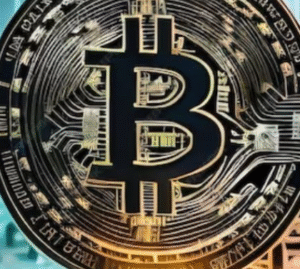$GC $DXY $BTC
#gold #economy #USjobs #markets #investing #trading #FederalReserve #inflation #jobsreport #commodities #preciousmetals #finance
Gold prices faced significant volatility following the release of the latest U.S. jobs report, which revealed the addition of 256,000 jobs in December, surpassing market expectations. This strong labor market data triggered selling pressure in the gold market, as investors recalibrated their expectations regarding the Federal Reserve’s monetary policy trajectory. A resilient labor market generally strengthens the case for the Fed to maintain its hawkish stance, keeping interest rates higher for longer. This dynamic weighed on gold, a non-yielding asset, as rising interest rates often make alternative assets like gold less attractive due to the increasing opportunity cost.
The December jobs report reflected a strong employment environment, underscoring the U.S. economy’s ability to weather recession fears and tighter financial conditions. However, while robust job creation signals consumer strength, it also complicates the Federal Reserve’s balancing act of taming inflation while avoiding significant economic slowdown. Investors are now paying close attention to wage growth data, a key inflationary indicator. If wage increases remain elevated, they could sustain inflationary pressures, pushing the Fed to adopt a more aggressive policy path. This uncertainty created headwinds for gold prices, with $GC futures retreating closer to the $1,900 per ounce mark from recent highs near $1,950.
The U.S. Dollar Index ($DXY), which tends to move inversely to gold prices, gained ground on the back of the labor market’s strength. A stronger dollar typically exerts downward pressure on commodities priced in dollars, as it makes them more expensive for foreign investors. This added another layer of pressure on gold prices. Meanwhile, the cryptocurrency market, represented here by $BTC, showed signs of stagnation as risk-on assets gained renewed attention, partly diverting investor focus. With equity markets buoyed by the upbeat economic data, safe-haven appeal for both gold and Bitcoin diminished, though the latter has been attempting to decouple from traditional market sentiment.
Looking ahead, market participants will be closely watching the Federal Reserve’s response to this data, as well as upcoming reports on CPI inflation and consumer spending. Any dovish hints from the Fed could lift gold prices, while further evidence of economic robustness would likely reinforce bearish sentiment. For now, the gold market remains caught between conflicting forces: sustained inflation fears, potential interest rate hikes, and investors’ search for market clarity. Until then, volatility in the precious metals market is expected to persist, driven by macroeconomic headwinds and a speculative trading environment.







Comments are closed.